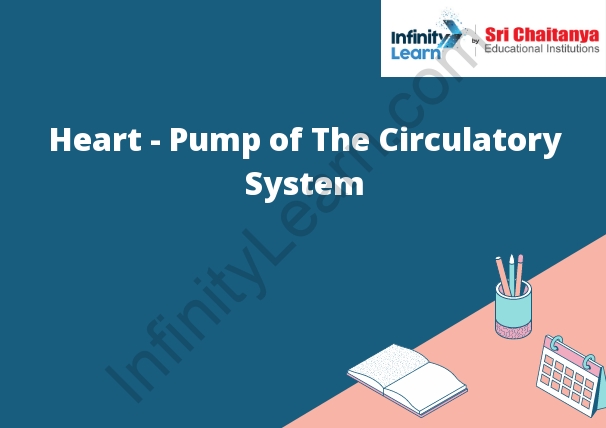Table of Contents
Heart pumping System and its Components;
The heart is a muscle that pumps blood throughout the body. The heart has four chambers: the two upper chambers are called the atria, and the two lower chambers are called the ventricles. The atria are the receiving chambers and the ventricles are the pumping chambers. The heart is divided into two halves, the left side and the right side. The left side of the heart pumps blood to the body and the right side of the heart pumps blood to the lungs.
The heart is powered by electrical signals that originate in the sinoatrial (SA) node, which is located in the right atrium. The SA node is a cluster of cells that generate an electrical signal that causes the atria to contract. This electrical signal spreads through the atria and causes them to contract. The electrical signal then spreads to the atrioventricular (AV) node, which is located in the center of the heart. The AV node is a cluster of cells that delays the electrical signal for a short time. This delay allows the ventricles to fill with blood. The electrical signal then spreads to the ventricles and causes them to contract.

Blood
transfusion
A blood transfusion is a medical procedure in which blood is transferred from one person to another. The purpose of a blood transfusion is to replace lost blood, to correct anemia, or to provide blood components for special medical needs.
Heart
is located in the chest cavity and is responsible for pumping blood throughout the body. The heart is a muscle and it contracts and relaxes to pump blood. The heart has four chambers- two atria and two ventricles. The atria are the upper chambers and the ventricles are the lower chambers. The heart is divided into two sections- the left side and the right side. The left side of the heart receives oxygen-rich blood from the lungs and pumps it to the rest of the body. The right side of the heart receives oxygen-poor blood from the rest of the body and pumps it to the lungs.
Blood Vessels
Blood vessels are tubes that carry blood throughout the body. They are made up of three layers: the tunica intima, the tunica media, and the tunica externa. The tunica intima is the innermost layer, and it is made up of a layer of endothelial cells that line the inside of the vessel. The tunica media is the middle layer, and it is made up of smooth muscle cells that control the diameter of the vessel. The tunica externa is the outermost layer, and it is made up of connective tissue and elastic fibers that help the vessel stretch.
Lymphatic System
The lymphatic system is a network of tissues and organs that help rid the body of toxins, waste and other unwanted materials. The system consists of the lymph nodes, spleen, thymus gland, tonsils and adenoids. The lymphatic system also includes a system of vessels called lymphatic vessels. Lymphatic vessels carry lymph, a fluid that contains white blood cells, throughout the body.
The lymphatic system helps the body fight infection and disease. It also helps remove toxins and other harmful substances from the body. The lymphatic system is important for keeping the body healthy.






